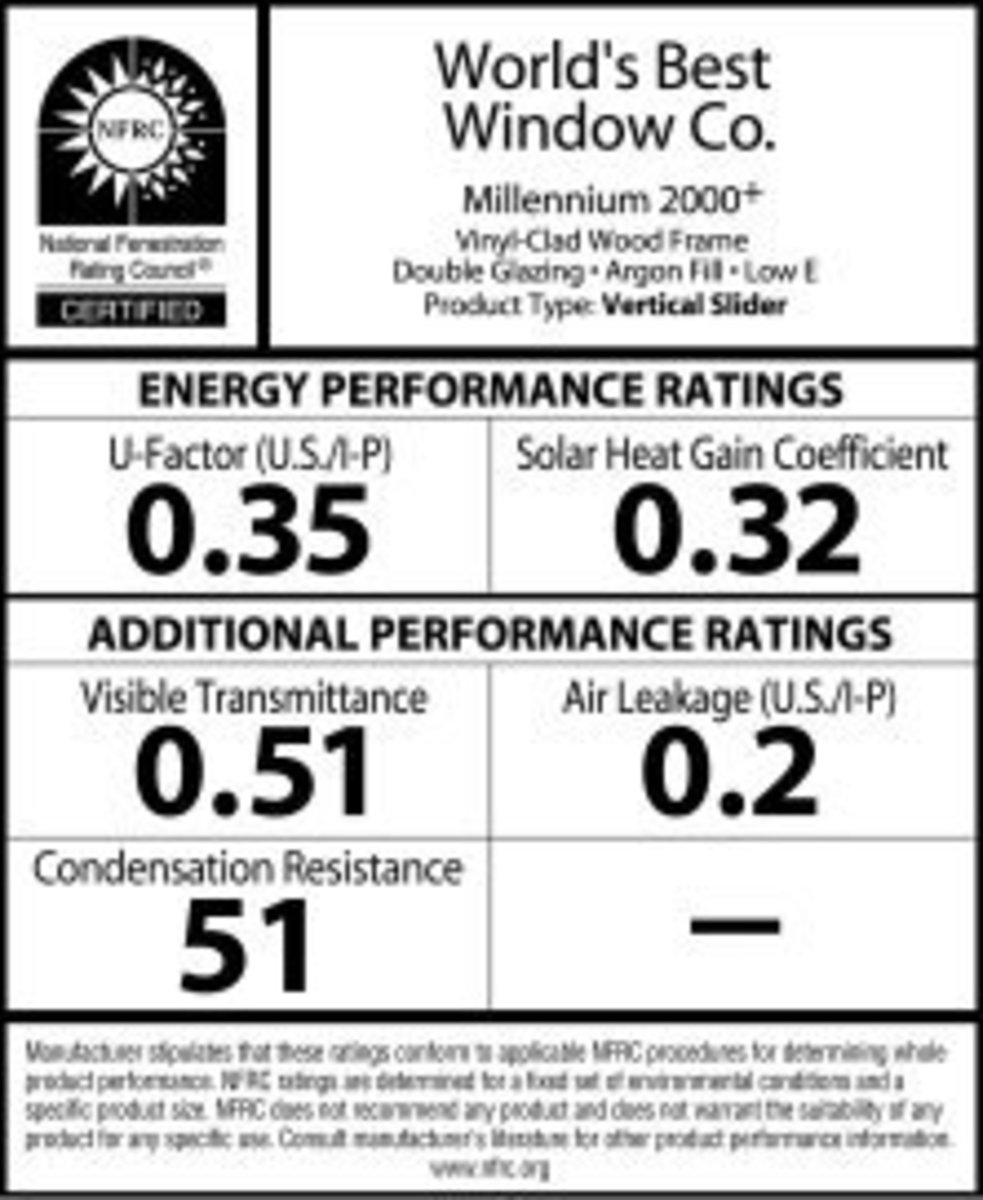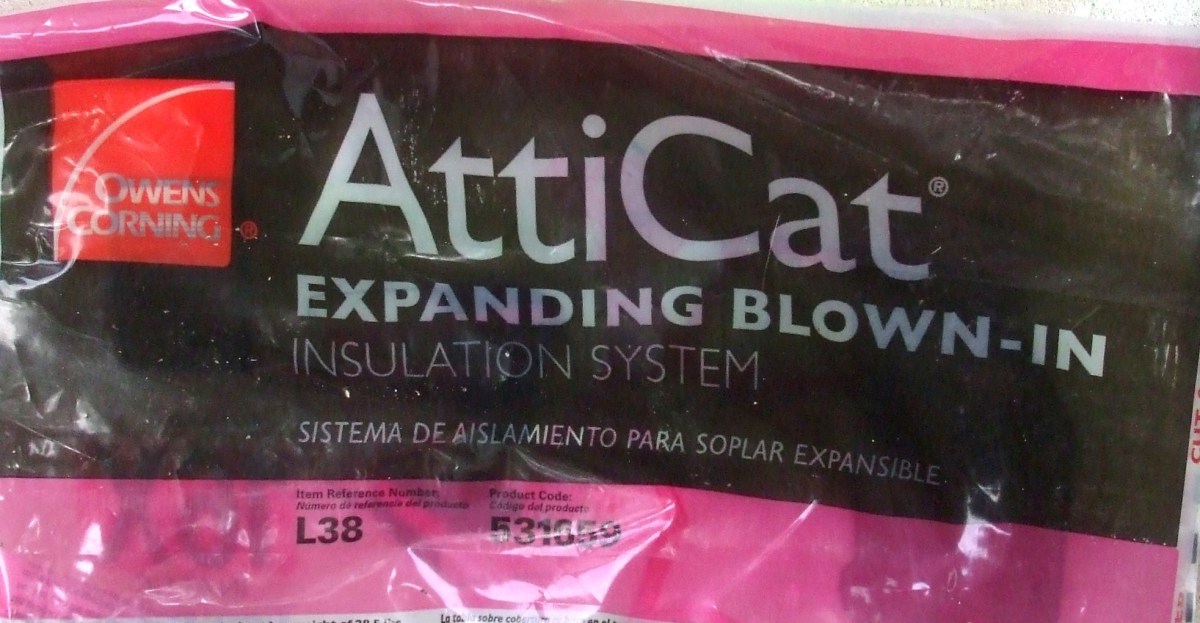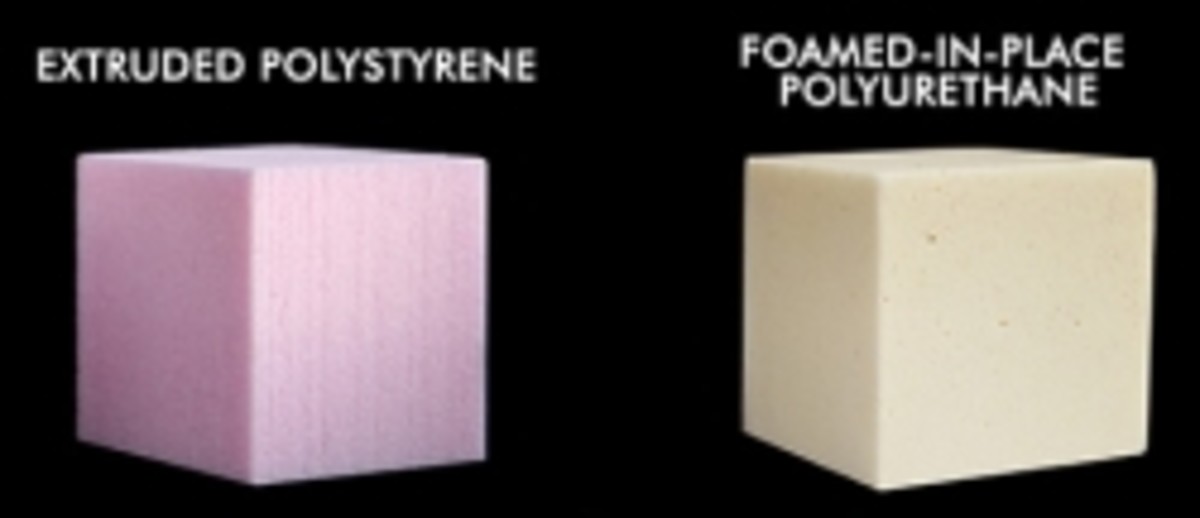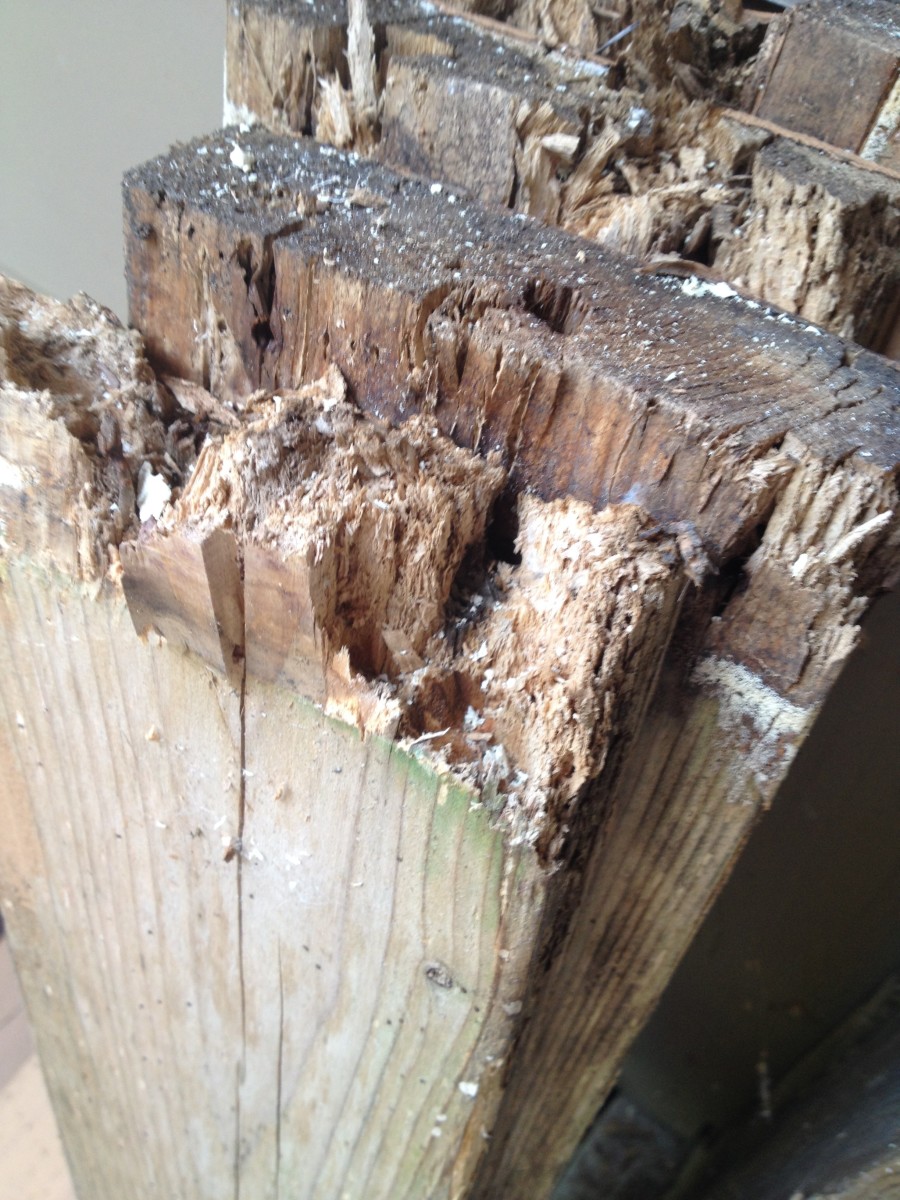R Values and Insulation Basics
R Values: What does it mean?
Explaining R values to people often brings about a blank expression. To most people, the term "R Value" has no practical relevance. People want a simple answer to a simple question: What does it mean? To simplify, R value means the ability of an insulation barrier to resist the push and pull of hot and cold over a particular surface (called thermal resistance). To make a simple analogy, imagine hot and cold being in a game of Tug-of-War. In this case, the rope is the insulation. The rope's R value is it's ability to resist the tugs of both hot and cold, thus maintaining the status quo.
In terms of your home, insulation in your wall has a specific R value. That denotes the ability of that insulation to resist the pulling of cold from the outside, versus the pulling of heat from the inside, as both try to equalize at a median temperature. The stronger the R value, the more resistance it has, thus keeping your house warm and the cold outside. For you, the homeowner, it is simply best to know what the R value is per inch of insulation. This value varies depending on what type of insulation you use.

Types of Insulation: The Good, the Bad, the Ugly
There are many kinds of insulation, some dating back to the late 1800s. Not surprisingly, it's not uncommon to see older homes insulated with a variety of different insulations. For the average homeowner it's only necessary to know what you have and what to use.
In older homes it is common to see these types:
- Fiberglass batts: Pink/yellow fluffy material (R value 3.0 per inch)
- Rockwool: A white gritty insulation similar to fiberglass (R value 3.0 per inch)
- Vermiculite: Superheated rock puffed like popcorn (R value 2.7 per inch)
- Loose fiberglass: Like batts, simply loose (R value 2.8 per inch)
- Urea Formaldehyde Foam: Spray foam used in the 1970s (R value 4.0 per inch)
Note that both Vermiculite and Urea Formaldehyde Foam are both toxic. The former contains asbestos particles and the latter formaldehyde. Both are typically not directly dangerous so long as you leave them undisturbed. All of the above insulation types are common in older homes (1970s or earlier) potentially layered one on top of the other.
For newer homes you may see the following:
- Loose fill cellulose: Recycled newspaper treated with borax (R value 3.4 per inch)
- Denim batts: Blue recycled jeans (R value 3.4 per inch)
- Polyisocyanurate: Rigid foam board (R value 7.0 per inch)
- Polystyrene: Also rigid foam board (R value 4 to 5 per inch)
- Urethane: Sprayed yellow foam (R value 6.0 per inch)
It is also possible to see these newer types of insulation in older homes that have been renovated, or where the previous homeowners made improvements to the existing insulation. In some cases, such as with polyisocyanurate, these are only useful on doors or hatches where standard insulation is impractical.
The Right Insulation for the Job
Choosing the right insulation for the job at hand is essential to insulating your home properly and to the best of your ability. It's always nice to use the best and the greatest, and total renovations to make a home as efficient as possible are wonderful. However, for most of us affordability is also a major consideration. So for the homeowner the question is: How do I get the most bang for my buck?
Let's review a couple of quick facts about the various insulation types. Fiberglass, the most common type of insulation, IS NOT an air barrier. Batts are also pre-cut and sit between the joists, leaving air channels along either side. Denim batts are expensive but have the same R value as loose fill cellulose. Polyisocyanurate is both expensive and flammable, thus its use should be limited to areas only where it is absolutely necessary. Urethane spray foam, while also a very effective insulator, is also flammable and very expensive. Loose fill cellulose on the other hand both conforms to the shape of any cavities it fills, and is treated with borax (natural boric acid) which is a fire retardant. Thus by deduction it is relatively clear that cellulose offers the best form of insulation.
Cellulose can be bought in large bricks and installed by anyone. Many retail home improvement stores now offer the ability to not only buy the material, but also the equipment to install it. Overall, cellulose offers the most cost effective insulation with the most R value per inch, along with the best air barrier (short of installing a separate vapor barrier). For the average homeowner, it seems the most practical approach for those who want to quickly improve their efficiency for a relatively small cost. In cases where it can't be used, such as open basement ceilings, fiberglass is suitable for these spaces. Yet as far as gaining the most improvement for your money, the facts point to cellulose as your best option.







